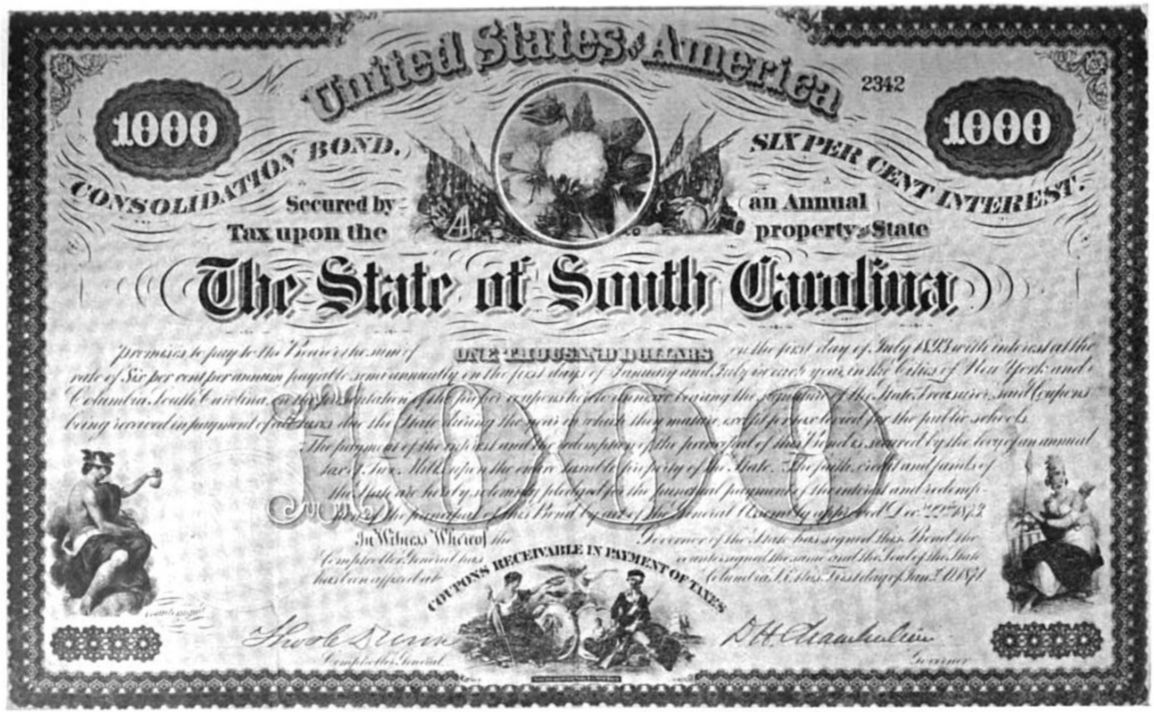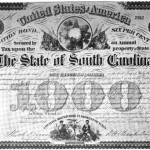Certificates of deposit term deposits of varying length at a bank or credit union (called share certificates) can be a vital part of most savers’ cash strategies. And, even with interest rate uncertainty, certificates of deposit (CDs) held nearly $1.9 trillion of cash in the United States as of January 2011, according to Market Rates Insight. Most of these deposits are insured through the Federal Deposit Insurance Corporation, or FDIC, which guarantees holdings at a bank up to $250,000 per person.
Despite the safety, it still pays to do your homework before locking up your money for up to five years.
Set your savings goal. If you are building an emergency fund or just looking for guaranteed returns on your cash, be sure to consider how your savings goals match the products you choose for your cash: checking accounts, savings accounts, money market accounts and CDs are all places to stash your cash.
- Think far. Ask yourself how long you can live without the cash and choose a CD term length within that time frame. Some advisers recommend having six months’ worth of cash on hand for emergencies, with half in a regular checking or savings account and half in a CD. Closing a CD early can result in the forfeiture of some interest and even a penalty.
- Ladder up. If you are buying a CD primarily to earn interest, then consider creating what’s called a CD ladder: buy CDs of different maturities, allowing you to earn income and take advantage of rising interest rates in the future when shorter terms mature and are rolled into longer term CDs.
Comparison shop. Banks may all deal in the same thing cash but that’s where the similarities stop.
- Do your research. Check CD rates online and search for the local rates at Bankrate. Rates also differing depending on how much you invest. Large amounts are referred to as “jumbo.”
- Go beyond your bank. Many banks offer higher yields depending on whether you are a new or existing customers. Either way, be sure to look beyond your current banking relationships. Regional banks without big branch networks may offer better rates and can be found online.
- Show up. By actually going to a bank branch or calling the bank, you may be able to find non-published promotional rates.
Spread it around. You don’t have to invest all of your cash in CDs at one bank.
- Know the limit. The FDIC insures $250,000 per depositor per institution. If you exceed this limit, you risk losing the excess if the bank fails. The FDIC has a checklist of considerations when buying a CD.
- It’s not broke. A stock broker can also sell you a CD. If you go this route, ask where the broker plans to deposit the money to make sure the institution is FDIC-insured and ensure you don’t already keep a big balance there.
What not to do when buying a CD:
- Don’t skip the details. Some CDs offer extra features like liquidity or an inflation bump for lower interest rates than those on a comparable, traditional CD.
- Don’t fall for sales pitches. Some rates and offers require you to go to a bank branch. Be wary of the follow up pitches to park more assets at the bank.
- Don’t confuse the terms. Compare apples to apples when weighing different CDs. A CD’s annual percentage yield (APY) considers compound interest, while annual percentage rate (APR) does not.
For more reading: Market Rates Insight tracks trends in checking accounts, savings accounts and CDs.
The FDIC offers more information on account rules, regulations and protections. Sites like Billshrink, MoneyAisle and Bankrate allow you to compare CD rates and how much money you will earn over the term of the CD.
Related Articles
New USBank IRA fee can eat most of savers’ interest Bond Types of Bond Glossary of Forex and Financial Terms



